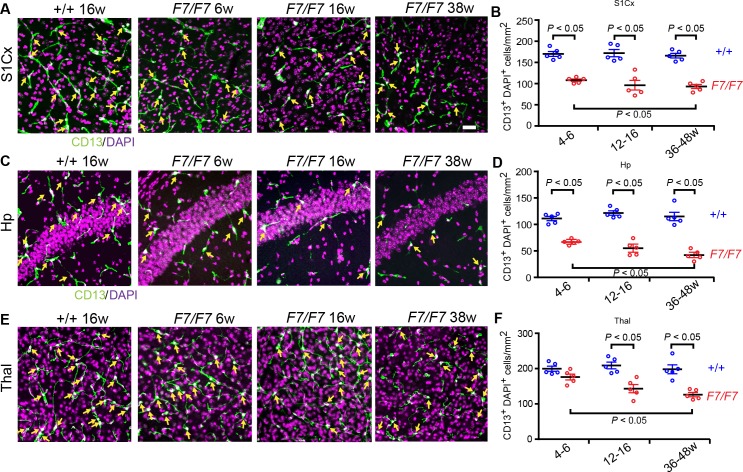Fig 5. Loss of brain pericytes in adult PdgfrβF7/F7 (F7/F7) mice.
(A, C, E) Representative confocal images of CD13-positive pericyte cell bodies co-localized with nuclear 4,6-Diamidino-2-phenylindole, dihydrochloride (DAPI) staining indicated by yellow arrows in the somatosensory cortex S1 region layers II-IV (S1Cx) (A), the CA1 subfield of the hippocampus (Hp) (C), and posterior thalamus (Thal) (E). Bar = 40 μm. (B, D, F) Quantification of CD13-positive cell bodies per mm2 of tissue sections in S1Cx (B), Hp (D) and Thal (F). In each animal, 4–6 randomly selected fields in the cortex, hippocampus and thalamus were analyzed in 4 non-adjacent sections (~100 μm apart) and data were averaged per mouse. Mean ± S.E.M., n = 5 animals per group. In B, D, and F one-way ANOVA and Bonferroni’s post hoc tests were used to compare data in mutants versus age-matched littermate controls, and/or between different age groups of F7/F7 mutants. P < 0.05 indicates statistically significant differences between groups.

